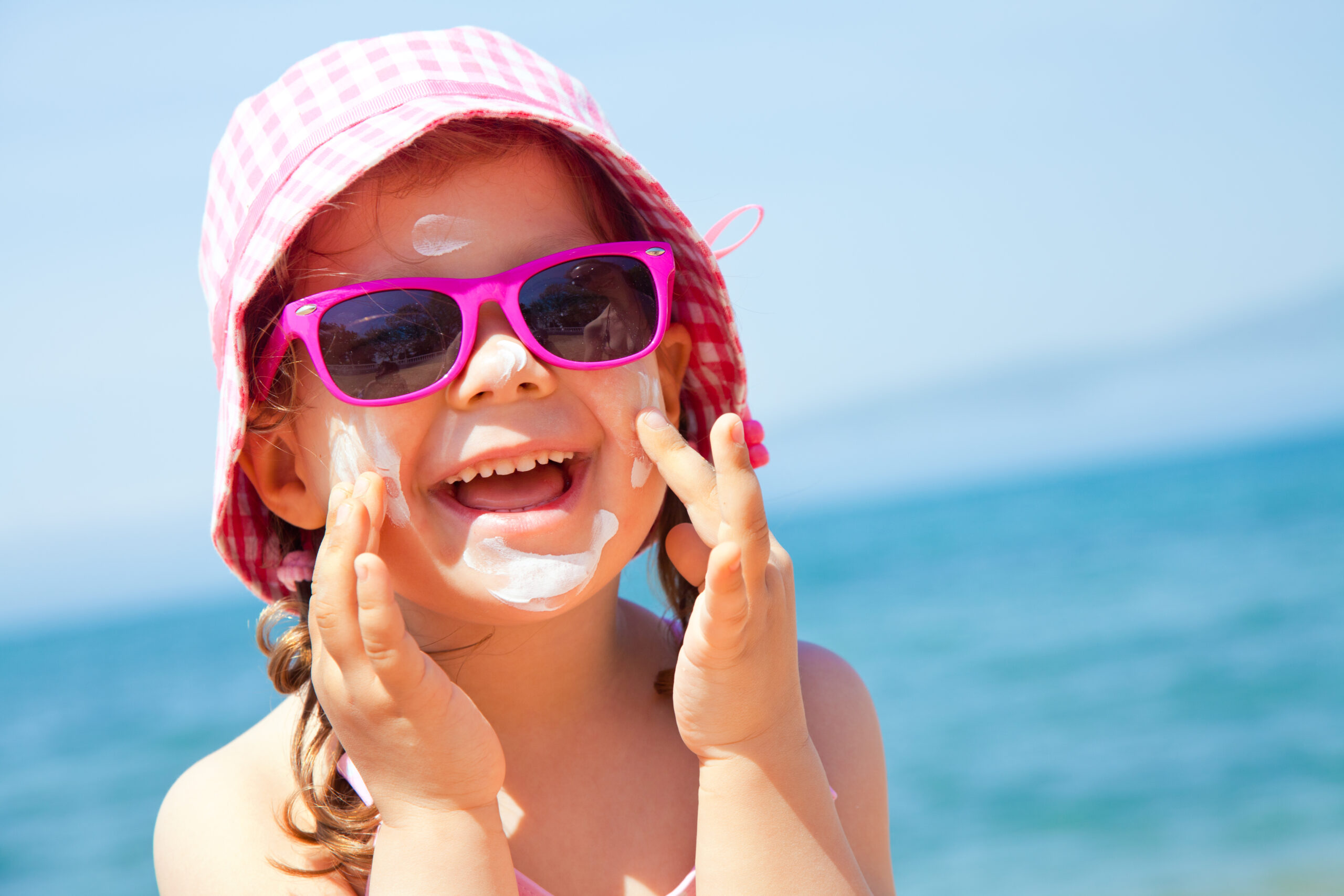Pediatricians advise on the best ways to keep kids safe and healthy this summer
Summer is a favorite time of year for many children – especially after the disruptions of the coronavirus pandemic. The long days of summer provide a much-anticipated break from school and are often filled with swimming, cookouts, travel and outdoor fun with friends and family. But summer can also mean danger for children, according to Dr. Kathryn Bass, director of the region’s only Level I Pediatric Trauma Center at Oishei Children’s Hospital.
“As the weather gets nicer and kids spend more time outdoors, drowning incidents, falls and bike accidents spike, and the hot sun puts kids at risk of sunburn, dehydration and heat-related illness,” adds Bass.
The multi-disciplinary team of doctors and nurses at Oishei Children’s Hospital treats over 45,000 kids under the age of 21 in the emergency room each year and, according to the Centers for Disease Control and Prevention, there were 30 million pediatric emergency room visits in 2018, with a third of them happening during the summer months.
Whether your kids are enjoying summer at home or at camp, address these safety topics with your family to keep them healthy and happy:
- Keep watch to prevent drowning
Summer water safety should be top of mind for parents, whether you have a pool in your backyard, plan to visit a community pool or spend the day at the lake. It only takes seconds for drowning to happen. Actively supervise children at all times when in or around water, and make sure you have the right flotation devices and equipment to keep pools safe. See water safety tips here. - Look for signs of heat exhaustion
Cases of heat stroke spike during the summer months, and this can be life-threatening in children. Prior to heat stroke, kids often show milder symptoms such as heat cramps and heat exhaustion. Make sure children take water breaks and wear lightweight clothing when playing outside, and limit outdoor time on really hot and humid days. Learn how to recognize the signs of heat stroke. - Check for car safety
Make sure your child’s car seat is properly fitted before hitting the road for a family vacation. Never leave a child unattended in a car. The temperature inside a car can rise quickly, and just a few minutes can be the difference between life and death. Establish a routine to check the car before locking, and see more tips to prevent hot car deaths.
- Protect skin from the sun
Apply sunscreen with SPF 30 or higher whenever your child is going to be outdoors, even if for a short period of time. Reapply every two hours or immediately after swimming or running through the sprinkler. Try to avoid outdoor activities during peak sunshine hours and consider dressing children in hats and other sun protective clothing. - Avoid bug bites
As the weather warms up, bugs come out in full force. To avoid bug bites, apply insect repellant before spending time outdoors, avoid using heavily scented soaps or lotions and cover arms and legs as much as possible. See tips for treating bug bitesat home and signs you should call the doctor.
- Enjoy fireworks safely
More than 10,000 people are treated in emergency departments in the U.S. each year due to injuries from fireworks, and of these, nearly a third are children under 15. If you’re celebrating summer holidays with a bang, keep everyone safe and enjoy professional fireworks displays from a distance. - Drink enough water
Kids are more prone to dehydration than adults, and their risk increases as temperatures rise. The amount of water a child should drink varies by age, weight and activity level. However, a general rule is to take half of your child’s weight (up to 100 pounds) – and that’s the number of ounces of water they should drink every day. See tips to encourage proper hydration. - Don’t monkey around
Playground-related injuries account for more than 200,000 emergency room visits each year. Always supervise children on playgrounds, and choose the right play equipment for your child’s age and skills. In the summer sun, it’s also a good idea to carefully touch equipment to check for hot surfaces before playing on it. See more tips for summer safety for kids on the playground. - Wear a life jacket on boats
If you’re heading to the lake to cool off this summer, make sure to bring a U.S. Coast Guard-approved personal flotation device. A properly fitted life jacket is snug yet comfortable, and will not move above the chin or ears when you lift it at the shoulders. See more tips for boating and lake safety. - Helmets, helmets helmets
Apart from automobiles, bicycles lead to more childhood injuries than any other consumer product. Each year in the United States, about 800 bicyclists are killed and another 500,000 end up in hospital emergency rooms. Wearing a helmet is the first rule to preventing serious bicycle, scooter, skateboarding and rollerblading injuries in kids. Make sure helmets fit kids properly and follow smart rider rules. See more tips for bicycle safety. - Safe gun storage
As gun ownership continues to increase, be sure to keep your kids and family safe by storing unloaded firearms in a locked storage box. Ammunition should also be stored in a separate lock box in a different location.
For more information and resources on how to enjoy a safe summer, visit the Oishei Children’s Hospital injury prevention website here.












